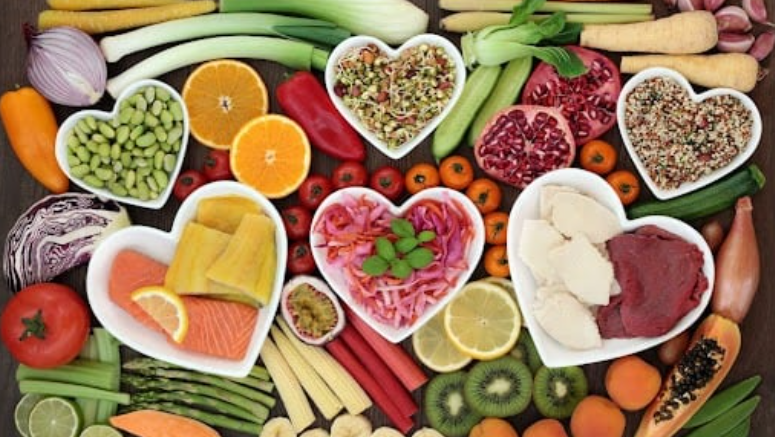Navigating the world of weight loss can feel like an uphill battle. You’re constantly bombarded with information, and it’s hard to know what’s fact and what’s fiction. One thing’s for sure: protein is a key player in any successful weight loss journey. But with so many protein-packed foods out there, where do you start?
Understanding Protein and Weight Loss
Protein plays a critical role in weight loss, acting as the keynote to the melody of a healthy diet. I’d expect one might pose a question, “In what capacity does protein affect weight loss?” Well, it’s known to benefit weight control in three key ways.
- Boosts Metabolism
- Promotes Satiety
- Fights Muscle Loss
It’s essential to note that not all proteins are equal, and the source matters. Being informed about the protein content, nutritional values, and how to incorporate these foods into your diet can transform your weight loss journey.
Chart weight loss protein foods
Constructing a chart for weight loss protein foods, it’s crucial to consider a few principles. Opt for lean proteins over fatty cuts, emphasize plant sources, and include a variety of choices, so your diet isn’t dull, improving the likelihood of adherence.
Lean proteins, like turkey breast, skinless chicken, or fish such as salmon, pack a protein punch without the hefty calorie tag. For example, 3 ounces of skinless chicken breast has around 140 calories and 26 grams of protein.
Let’s not forget plant sources. Lentils, chickpeas, and other legumes provide hefty amounts of protein, fiber, and beneficial nutrients. One cup of cooked lentils gifts you nearly 18 grams of protein and less than 1 gram of fat.
Diversity prevents monotony. Maybe you’re a fan of eggs – a large egg packs about 6 grams of protein. However, alternating eggs with Greek yogurt, which offers 15-20 grams of protein per single serving, ensures that your protein sources stay exciting.
So, map your protein journey for weight loss. It’s systematic and motivational, as it provides a clear path forward and the satisfaction of ticking off daily requirements. The right selection and consumption of protein foods forms an essential part of your weight loss regime.
Building a Protein-Packed Meal Plan
Crafting a meal plan chock-full of protein can seem formidable. It does, however, become less daunting when broken down into manageable parts. The first step revolves around identifying robust sources of high-quality protein. These sources include lean meats like chicken breasts and sirloin steaks. Seafood options such as salmon and shrimp provide substantial protein, in addition to beneficial Omega-3 fatty acids.
The second step is regulation of portion size, dictating the success of any weight loss journey. Akin to the principles of the balanced plate method, your protein, when served, should occupy roughly a quarter of your plate. The remaining plate division consists of 50% fruits and vegetables, and 25% whole grains.
Moreover, incorporating a variety of sources keeps monotony at bay, promoting adherence to the meal plan. For instance, one could opt for a breakfast containing Greek yogurt; for lunch, a kale salad garnished with chickpeas and grilled chicken; and for dinner, a succulent piece of grilled salmon paired with a quinoa salad.
Incorporating Protein Foods into Your Lifestyle
I’ve shared the importance of protein in weight loss and how to create a chart for protein foods. I’ve also given tips on crafting a protein-rich meal plan with foods like lean meats, seafood, and plant-based proteins. Remember, it’s not just about the quantity but the quality of protein you consume. Portion control is key, and so is variety to keep your meals exciting. It’s a surefire way to ensure you’re getting enough protein and helps to sustain weight loss. This journey isn’t just about losing weight, it’s about embracing a healthier lifestyle. So, start incorporating these protein-rich foods into your diet and see the difference it can make. You’ve got the tools, now it’s time to put them to good use.

